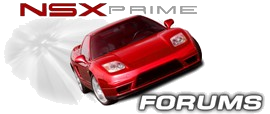-
***AVOID MARKETPLACE SCAMS!!***
Scammers are using compromised Prime member accounts to pose as a trusted seller in the marketplace. They also also creating usernames similar to veteran Prime names to trick you (e.g. DrManny3 vs DrManny1). Before you enter into a deal with ANY seller, follow these tips to keep yourself safe. If you encounter one of these scammers, please report them immediately and we will lock their account.
Caveat Emptor!
